From the start it was clear this was no ordinary music memorabilia auction. One of the first items to go on the block was a small metal “No Trespassing” sign, barely bigger than a sheet of paper. It was estimated to go for $20 to $40. When the gavel came down 90 seconds later it was sold for $2,750 – no doubt because it had the Caribou Ranch logo on it.
Nine hours later, hundreds of items from the fabled Caribou Ranch recording studio had been sold at the 2015 auction to collectors around the world, ranging from an ashtray ($1,000) to a piano played by Elton John ($110,000). Even the old brass dinner bell that called rock stars to dinner fetched a hefty $13K.
You could call it the end of an era. But Caribou has seen many an era end, yet its influence lives on. James William Guercio, the Grammy-winning producer of Chicago, Blood, Sweat & Tears and more, opened the remote mountain retreat high in the Rockies above Boulder, Colo., outside the small town of Nederland in 1971 as a state-of-the-art recording studio. It eventually expanded to 4,000 acres dotted with luxury cabins that housed the biggest names in rock. It closed 14 years later when a March 1985 fire destroyed the control room.
But during that short time a lifetime of events happened. John Lennon got to play cowboy there. Stevie Wonder got to “drive” a Jeep. Elton John’s daily jog was interrupted by bear.
The music, of course, never stopped. If you’ve heard Elton’s “Someone Saved My Life Tonight,” Earth Wind & Fire’s “Shining Star,” Supertramp’s “Give a Little Bit,” Eddie Rabbitt’s “I Love a Rainy Night” or dozens of other hits, you’ve heard the sound of Caribou Ranch recording studio.
It’s a story that by all rights never should have happened. Poco’s Richie Furay was one of the first to relocate in the Nederland area, and was quickly followed by Stephen Stills, who bought a place in nearby Gold Hill. Dan Fogelberg became a local, and producer Bill Szymczyk, who fled L.A. after the 1971 earthquake, persuaded his friend Joe Walsh to come to Colorado as well.
Stills, for one, appreciated being able to walk the dirt roads of the small mining towns without being accosted. “People leave each other alone. It’s not so gossipy. That was a lot of it,” he explains.
“It was a good little artistic community. We were kinda proud of the Colorado scene,” Walsh says. “As fun as California was… there were a lot of distractions to writing. A bunch of us loved the mountains and a bunch of us decided to go somewhere remote.”
So how did some of the most influential rockers in the world at the time end up living within a few miles of each other near the Continental Divide? And how did a state-of-the-art recording studio pop up in the middle of nowhere?
“My answer is serendipity,” Szymczyk says. “It was a case of once two or three people came, other people heard there was something going on. When [Guercio] built the studio – game over.”
Related: The studio was inducted into the Colorado Music Hall of Fame in 2017
Guercio already had a Grammy under his belt and millions of dollars from producing hit albums by Chicago. By 1971 he was sick of recording studios in New York and Los Angeles. Strict union rules kept him from touching the soundboard – that was the engineer’s job – and he had enough. After searching Wyoming for land (and being threatened with a “chainsaw haircut” in one redneck bar), he stumbled across a dude ranch 18 miles outside of Boulder, and just three miles from where Walsh, Fogelberg and others had relocated. He bought it and immediately started plans for a studio. World-famous studio designer Tom Hidley (whose credits include the famed Record Plant West in Los Angeles) was given a blank check to make a state-of-the-art studio hideaway.
But first Guercio was off to Monument Valley to direct the Robert Blake film Electra Glide in Blue. Szymczyk and Walsh said no, they needed the studio right away to record the first two albums by Walsh’s band Barnstorm. Guercio gave in.
When he first saw the ranch, Walsh recalls, “my mind couldn’t grab it. I couldn’t comprehend what he had up there, the vastness and the beauty.”

The piano from Columbia Studios in NYC played by Bessie Smith, Bob Dylan & many other musical greats (Photo: Mark Brown; used with permission)
As for the studio, “it wasn’t finished,” Walsh says with a chuckle. “It had dirt floors. Jim said ‘It’s not quite done yet but why don’t you use it and troubleshoot it for me. Just go ahead and use it.’ So that’s what we did.” Not yet a luxury destination, every day the band and producer packed their brown-bag lunches and headed up to the ranch. Friends would stop by to hear what was going on, with Stills sitting in on the Barnstorm track “Turn to Stone” sessions and later on musicians such as the Beach Boys chiming in on Chicago recordings. As each success came out of the studio – “Rocky Mountain Way” and numerous Chicago songs – Guercio expanded its opulence and clientele while maintaining its rustic beauty.
The words “spiritual,” “peaceful” and “magic” are common denominators among those who recorded there.
“You kinda immersed into the wild, wild west,” says Philip Bailey of Earth, Wind & Fire. “The quiet, the music of the mountains became so obvious, so loud, that you kinda got caught up in that whole experience. I remember me and Maurice [White] writing the lyrics to ‘Sing a Song.’ We’re singing the same thing at the same time, getting the same ideas at the same time. It really was a magical time.”
Walsh had an instrumental song that he’d laid down with Barnstorm, but no words.
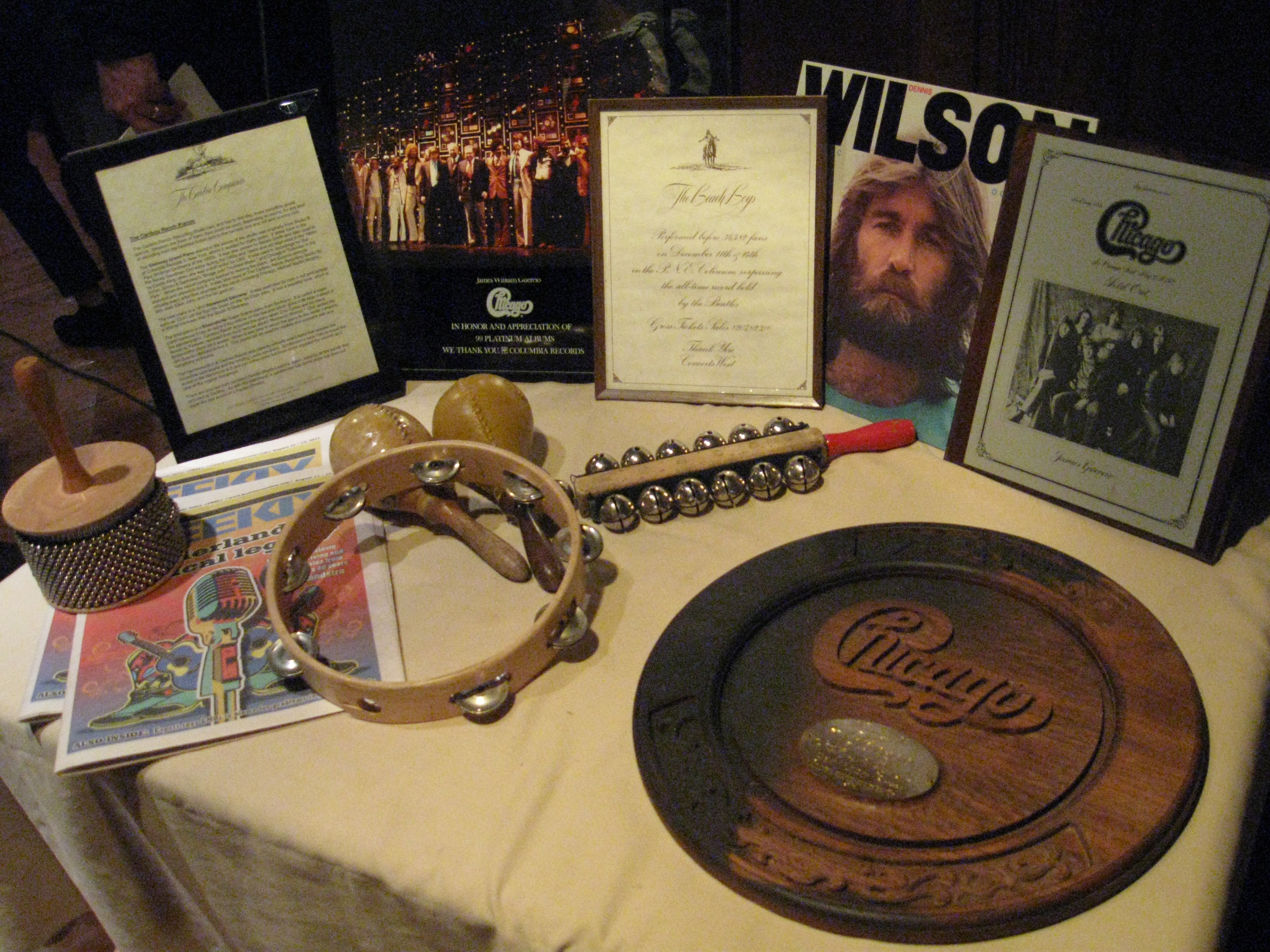
Some of the memorabilia sold at auction. Note the Chicago plaque singed in the fire (Photo: Mark Brown; used with permission)
“It was just a track I had. I had no idea what it was going to be called,” he said. “Then one day up at Caribou I just turned around. There was the back range, covered with snow, and it was just ‘Wow.’ Having moved and left the James Gang and gone to Colorado – ‘Rocky Mountain Way’ was better than the way we’d had.”
After Elton recorded there and titled an album Caribou, “that really put us on the map,” says longtime studio manager John Carsello.
Artists as diverse as Amy Grant, Dio, Manassas, Badfinger, Supertramp, Jerry Lee Lewis, Peter Frampton, U2 and dozens more mixed or recorded there. Those who merely visited for the vibe included members of the Eagles (Glenn Frey would later record there), Vanilla Fudge, Willie Nelson and John Denver. Others didn’t find it so spiritual; The J. Geils Band came up to mix an album with Szymczyk, and all of them but keyboard player Seth Justman bailed within three days. That was Szymczyk’s last session at Caribou – it became so popular that between Chicago, Earth, Wind & Fire, Stills, Fogelberg and more, booking time became impossible.
The thin air at 8,600 feet made it hard to breathe – oxygen tanks were standard equipment in the studio – but had an unexpected effect. Bass that sounded thin on tape at Caribou suddenly boomed when played back at sea level. Artists were able to sing up to an octave higher, so Tom Dowd brought Rod Stewart up to record the vocal for the song “Tonight’s the Night” because Stewart simply couldn’t hit that note in L.A. (for the sea-level attempts, check out Stewart’s deluxe reissue of “Night on the Town” and the “Sessions” box set).
And Elton convinced his buddy John Lennon to come on up in August of 1974.
“Elton had mentioned he was going up to Caribou Ranch and he was going to do ‘Lucy in the Sky With Diamonds.’ He asked John if he’d come up to sing the background with him,” says May Pang, Lennon’s companion during his 18-month separation from Yoko Ono from 1973 to ’75. “John was a big Americana fan. John was eager to find out what it was like up in the mountains. He had to buy his first pair of Frye boots and wore them all the time… he just loved that rustic feel and the wide-open spaces.”
And, she notes, as a smoker Lennon desperately grabbed for the oxygen tank after each take.
Billy Joel soon followed.
“I’d never spent any time in the Rockies,” Joel said. “It was a great setup. You gotta picture all these guys from New York going ‘Hey, yo, what’s going on? Got any pizza?’ All these alpine peaks all around us. It was fun, it was completely different…. A working cattle ranch, cowboys around.”
Joel took a stab at recording the album “Turnstiles” with Elton John’s rhythm section, but it simply didn’t click. He returned with his road band to do some overdubs after laying down most of the tracks in New York. But the time was memorable, with plenty of the women who ran the ranch –nicknamed Caribouettes – making sure that plenty of food and wine was ready at any time.
Heart recorded demos up there, including “Without You,” their cover of a song by Badfinger, who cut their critically acclaimed Wish You Were Here album at Caribou. Elton did three, including, obviously, Caribou. Jerry Lee Lewis recorded a still-unreleased barnburner up there, tapes so lost that his team dismissed his Caribou days as an “urban myth” – until they discovered a safety copy of the master tapes still in Caribou’s possession.
Guercio tells the story of “Wishing You Were Here,” the classic hit by Chicago, with members of the Beach Boys providing backing vocals. Sessions went long into the night, and finally an exasperated Guercio said “Enough!” and suggested calling it a night. Carl Wilson stepped up to suggest that no, we’re almost there, let’s give it one more shot. That final take is what you hear on the hit single.
George Martin recorded America at Caribou, then soon after opened his own Air Studios recording retreat in Montserrat in 1977. Michael Jackson visited during the Victory Tour in 1984 and four years later began buying land in the Santa Ynez Valley to create Neverland. Fogelberg himself created a rustic home studio on his spread in Pagosa Springs after recording four albums at Caribou.
When the fire erupted from an overheated space heater in the studio a slate pool table in the third-floor game room smashed through the control room below. At the same time, the industry was changing; big-budget albums were becoming passé, and Guercio had young children to raise on the ranch. He shut the studio – which many fans erroneously believed burned completely to the ground – and focused on other business interests, still living there all the while. Those weren’t the final Caribou sessions – producer Pat Leonard set up some equipment in a cabin in the early ‘90s and laid down some Jeff Beck tracks. Finally, the Guercio family sold Caribou in mid-2014 for $32.5 million to a Walmart heir – thus the auction of the memorabilia.
That’s hardly the last of Caribou for fans. A website to buy more affordable memorabilia is in the works, and the ranch was inducted into the Colorado Music Hall of Fame in 2015 – fittingly, along with Fogelberg and Joe Walsh/Barnstorm. Books and a documentary are still in the works. While much memorabilia was sold, a Rock Hall display will include even greater rarities – including the piano Guercio saved from Columbia studios in New York City that has a legacy that starts with Bessie Smith, goes up to Bob Dylan, “Bridge Over Troubled Water” and, at Caribou, “Don’t Let the Sun Go Down on Me.” The Trading Post at Red Rocks Amphitheater is being expanded to house the Music Hall, with the Caribou display planned as a major, permanent fixture around which the rest of the museum will revolve. Decades after Caribou closed, fans were able to get closer than ever to its history.
However, in 2024, the entire ranch, including its 1,700+/- deeded acres, is now on the market at the heart-stopping price of $48,500,000. Its real estate listing notes that it’s just over an hour drive from Denver International Airport, with easy access to Denver, Boulder and Rocky Mountain Metropolitan Airport.
The primary residence is over 9,100 square feet with another four guest cabins ranging from 554 to 3,126 square feet. There are numerous other buildings including a 4,100 square foot dining hall, numerous barns and, of course, the historic 6,662 square foot recording studio.
It’s described as “a sanctuary for abundant wildlife, as the ranch property is home to moose, fox, deer, coyote, mountain lion, bear, and hundreds of elk who graze the grassy fields and wildflower meadows in the summer and lounge beneath golden aspen trees and mature pine forests in the fall.”
- Joe Walsh—’But Seriously, Folks’: Behind the Scenes - 05/16/2025
- A Visit to Stockholm’s ABBA Museum - 04/05/2025
- Joe Walsh Interview: Paying It Back for Veterans - 11/10/2024

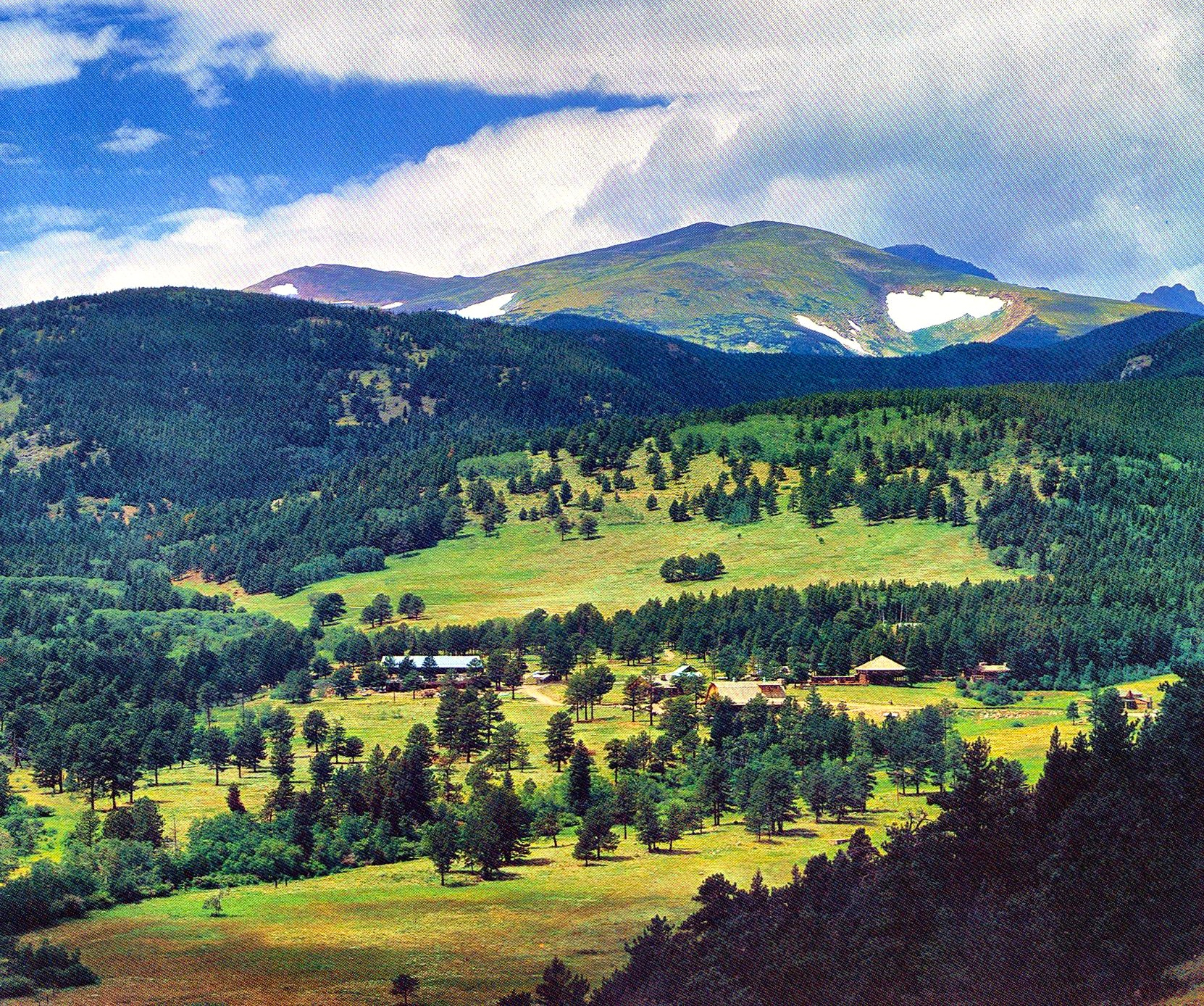
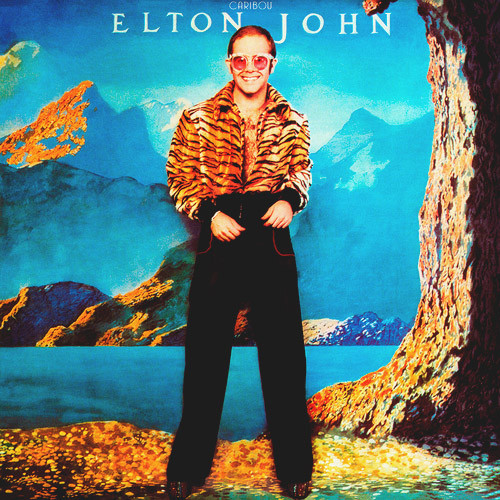
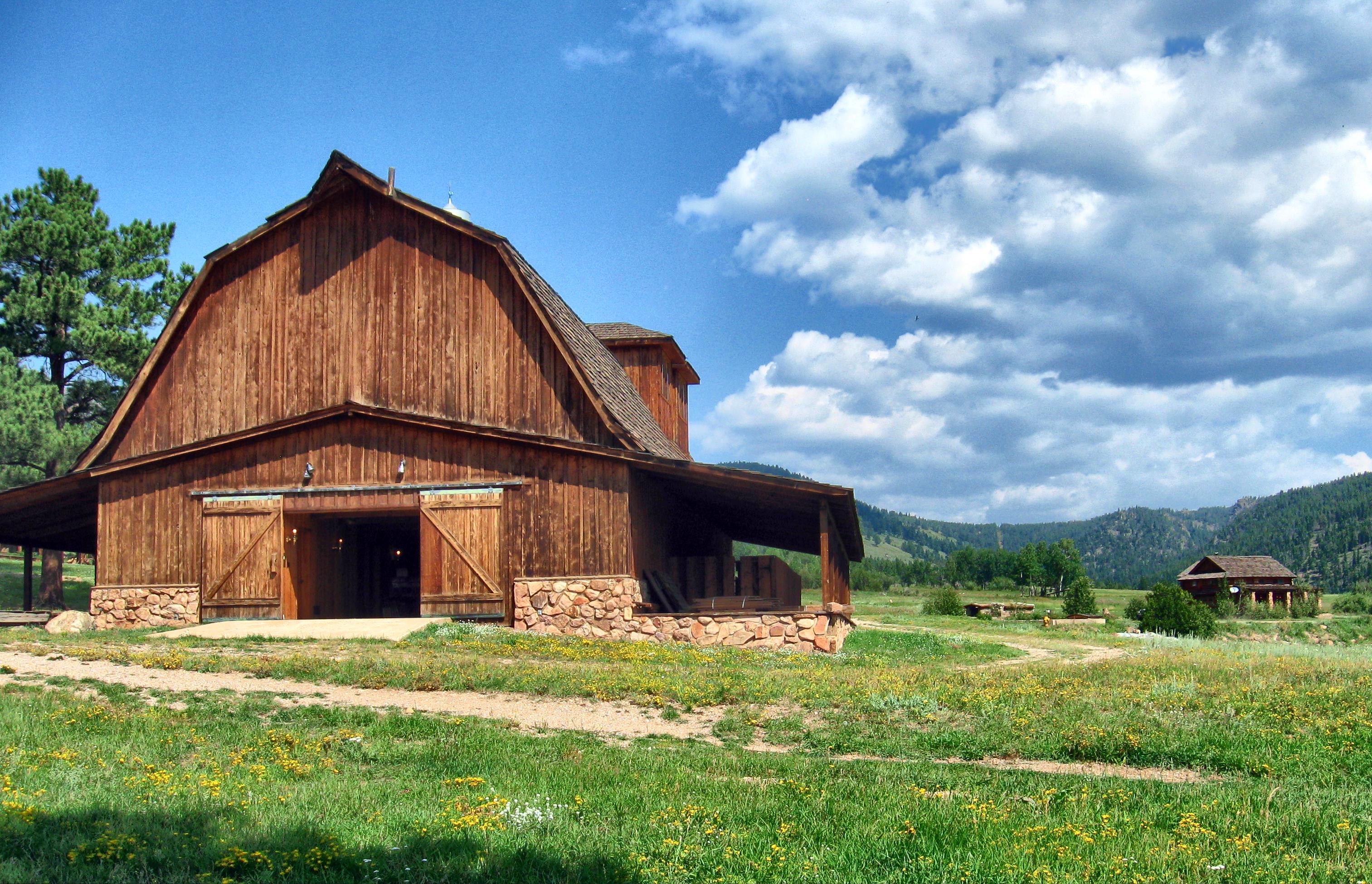
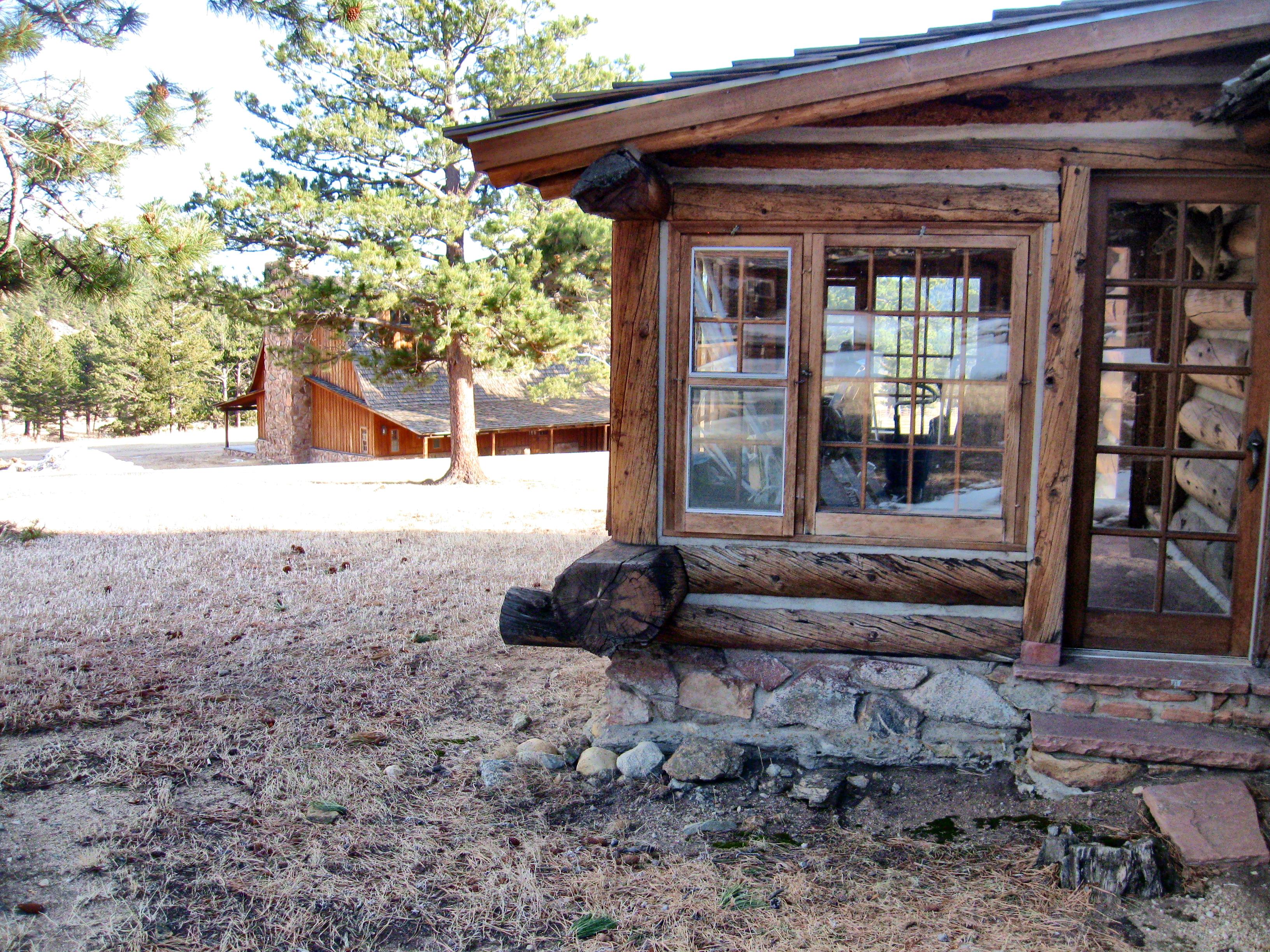
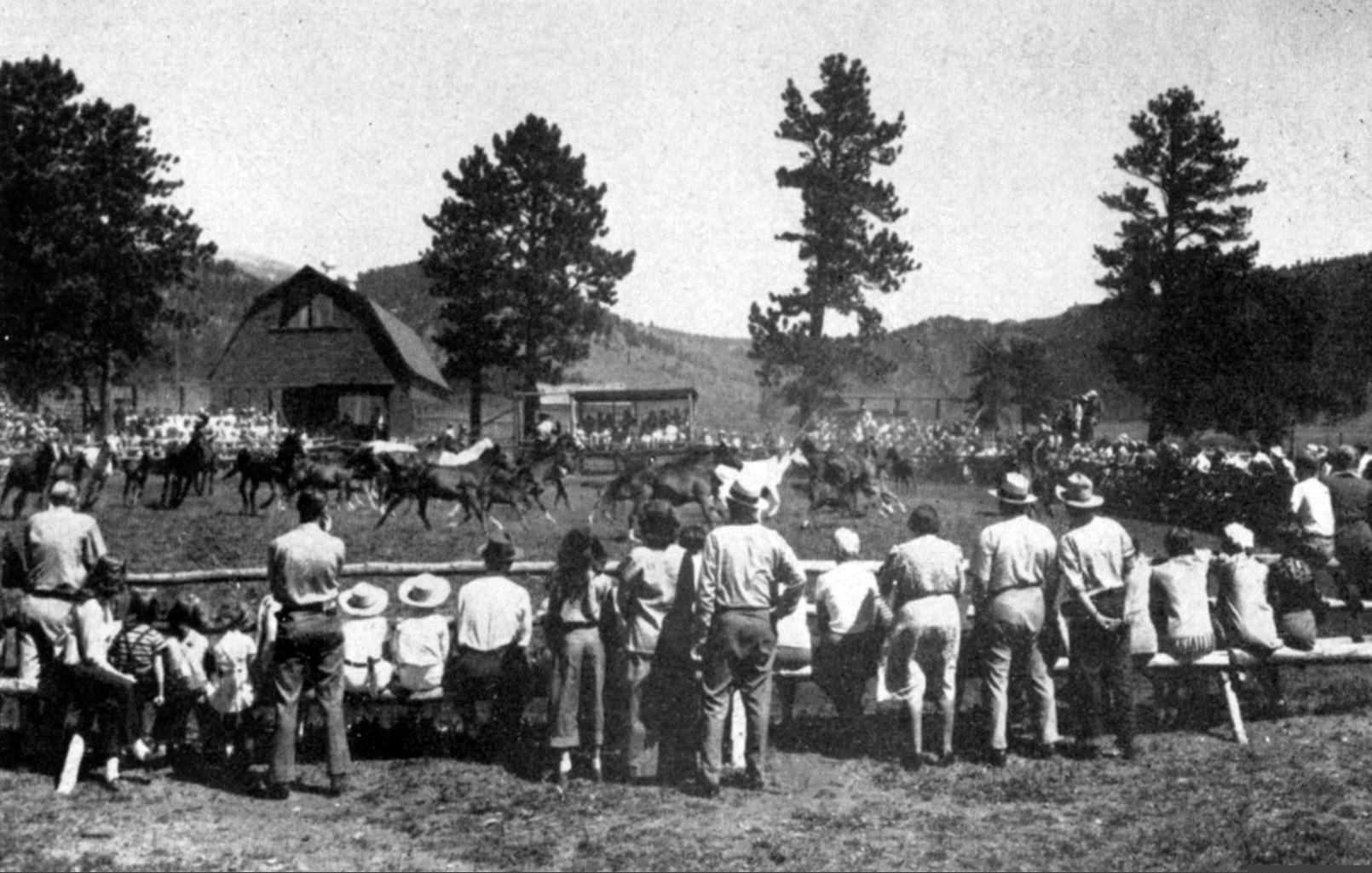
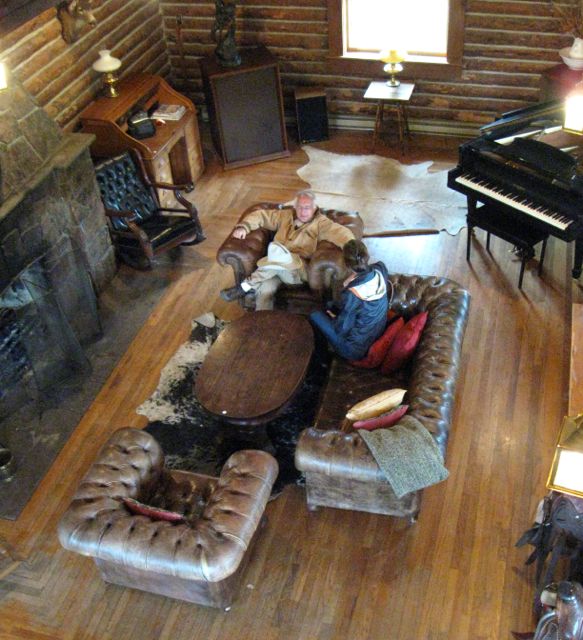

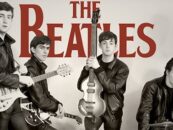
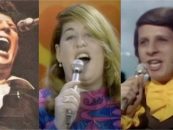


3 Comments so far
Jump into a conversationI lived in Ned before and during the Caribou days and became friends with Jeff. Very sad when he passed. Boogied quite a bit with many many of the stars. Blake was insane and
very cool. Many stars stopped by my house in the English Rolls on the way up to the ranch from the airport. Driven by Jeff.
I was one of the luckiest guys on the planet in the early 70’s. Worked with many of the biggest bands of the era. Was extremely fortunate to have spent some time at the ranch with The Beach Boys. Heard some Elton recordings before they were ever released. Great times and memories.
Never knew of Caribou Ranch before nor the history, but as soon as read Joe Walsh was a part of it I knew that one of my favorite tracks of his Meadows was recorded here from the album The Smoker You Drink, The Player You Get featuring Rocky Mountain Way on the intro A side and my favorite Meadows as the intro on the B side. Awesome album and lucky enough to see the guitar master perform solo in 81 at Nassau Coliseum on Long Island where he played I believe 8 or so different guitars he had lined up on stage and with the Eagles twice at the with their Hotel California tour in 77 and 05 Farewell tour also at Nassau.